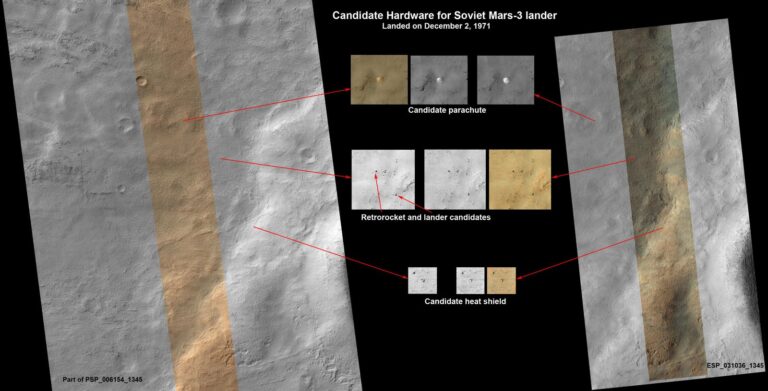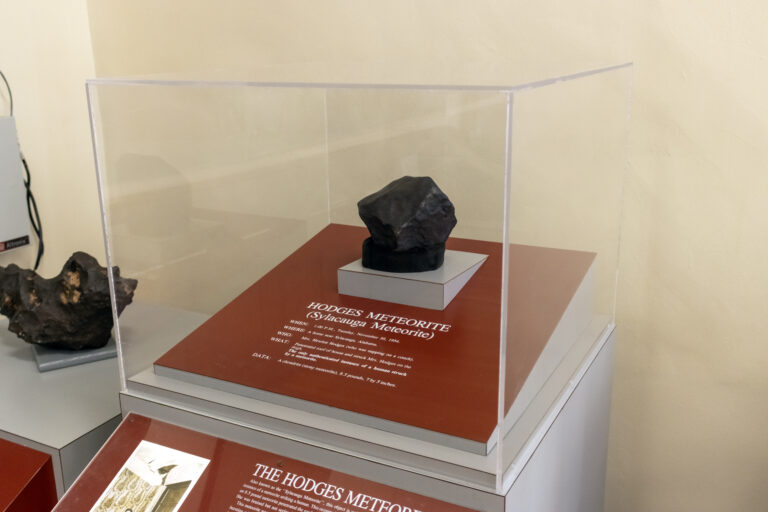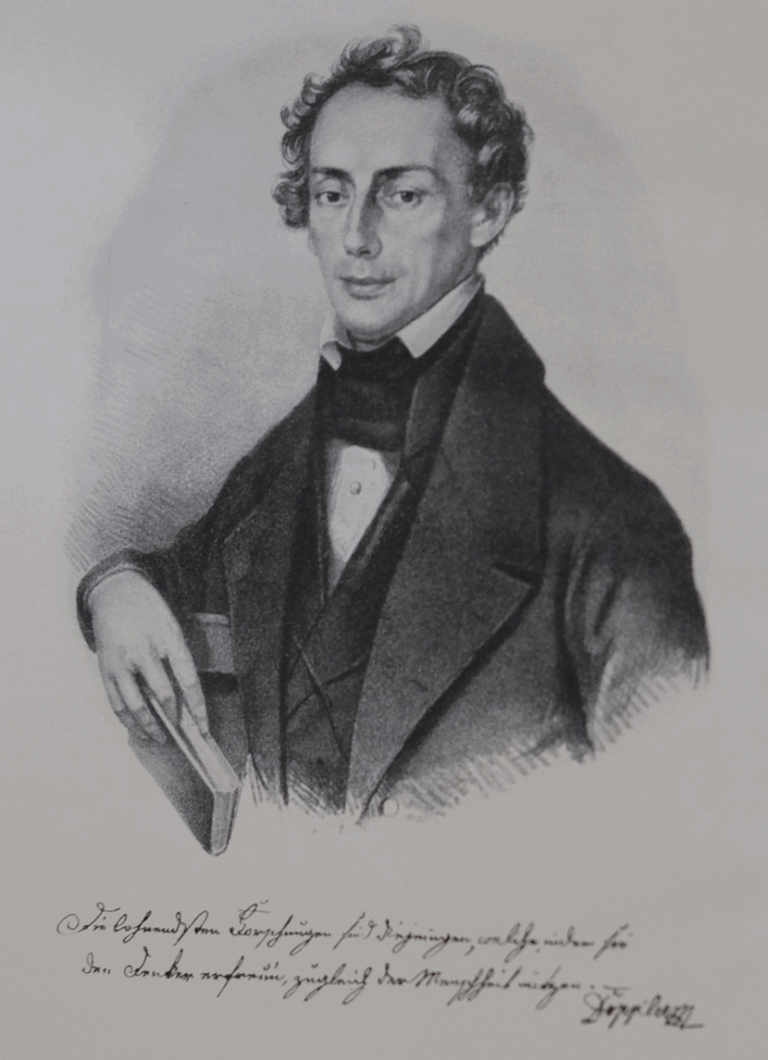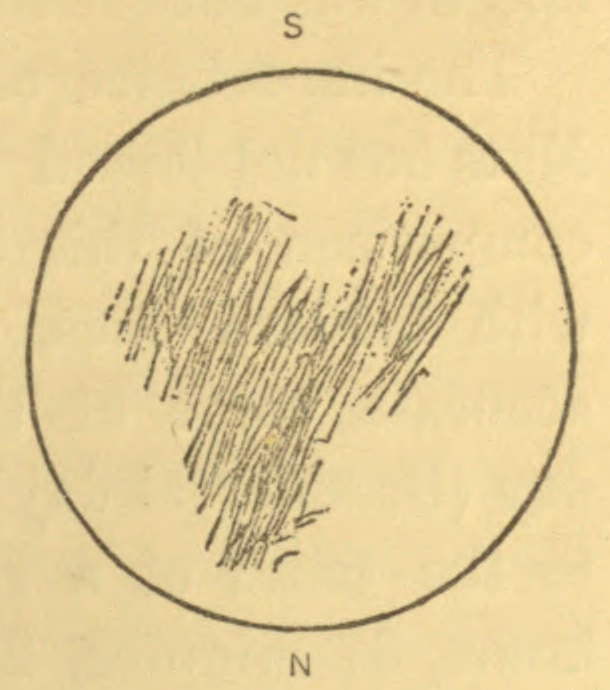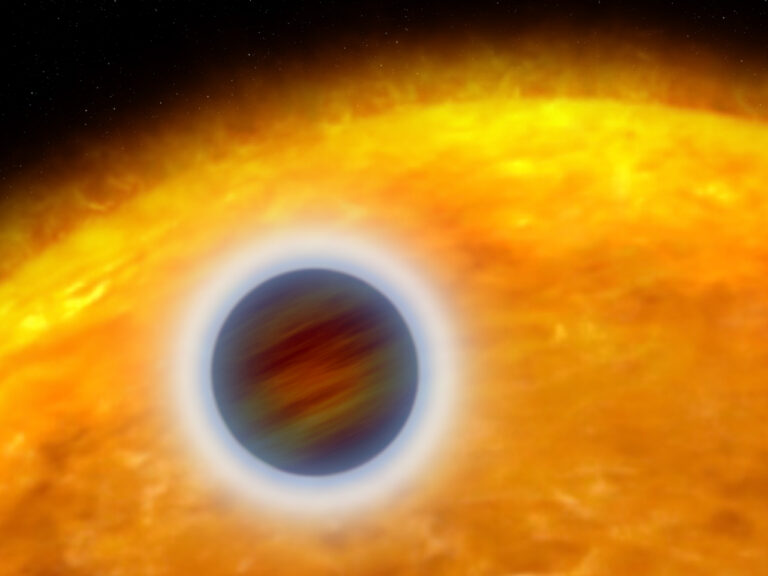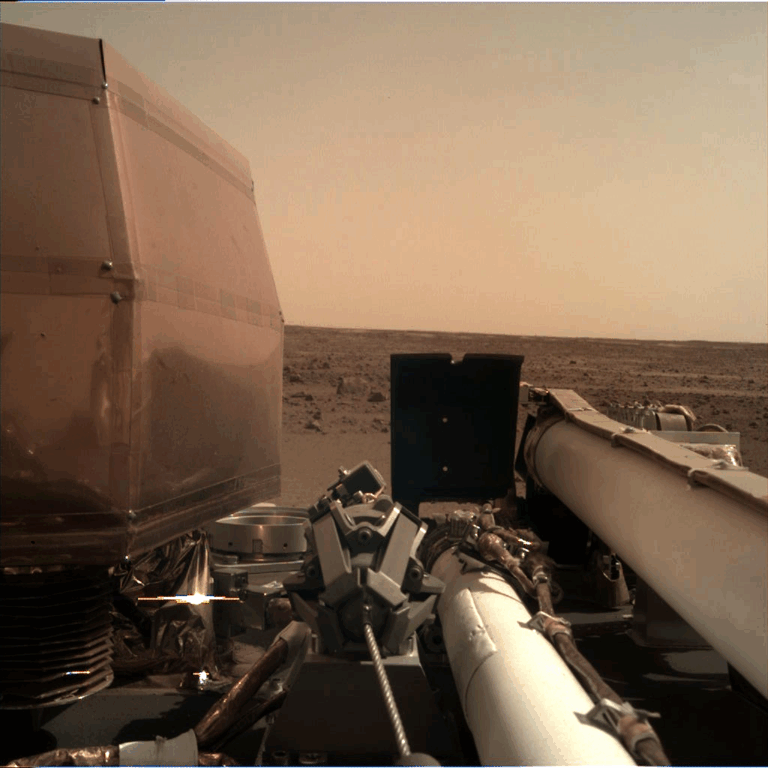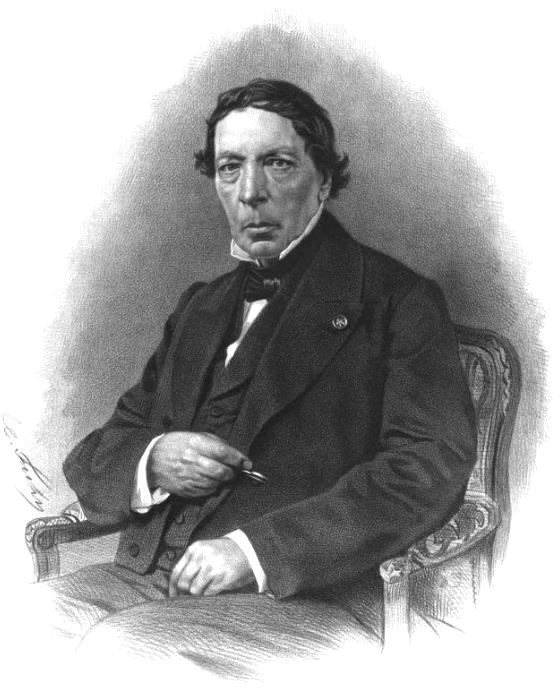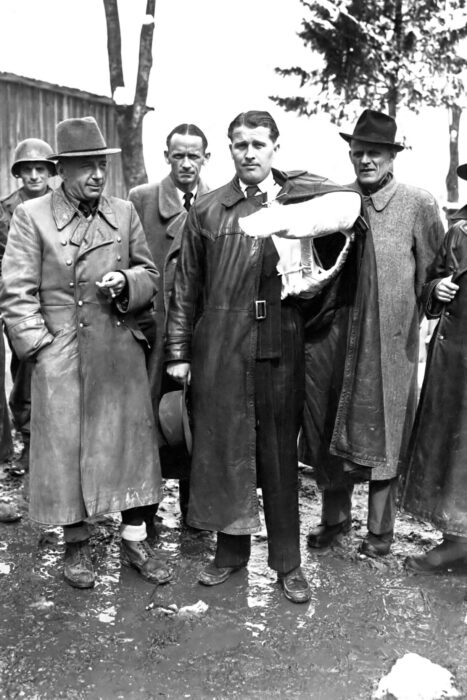
Key Takeaways:
- The V-2, designated Vergeltungswaffe Zwei, achieved its first successful test launch on October 3, 1942, from Peenemunde, Germany, reaching an altitude of 97 kilometers and traveling 190 kilometers in 296 seconds.
- Developed by Wernher Von Braun, this long-range ballistic missile served military objectives by enabling bombardments of Allied cities, while its later tests notably achieved sub-orbital flight, officially crossing into space.
- The missile's operational use is associated with approximately 5,500 fatalities from bombardments of Allied cities, alongside an estimated 10,000 deaths from the forced labor involved in its construction.
- Post-World War II, V-2 hardware, research, and key scientists, including Von Braun, were acquired by both the U.S. and the Soviet Union, significantly impacting the development of subsequent aerospace and space programs.
A 12-ton rocket loaded with a 1-ton warhead, the V-2’s successful launch would prove to be exceptionally significant to both the military and to space exploration. On Oct. 3, 1942, the V-2 was fired from Peenemunde, Germany – its fourth test, and the first to succeed. The rocket rose to an altitude of 60 miles (97 kilometers) and traveled 118 miles (190 km) in 296 seconds. Later tests would achieve even higher altitudes, with a launch on June 20, 1944, officially crossing into space. Developed by German rocket scientist Wernher Von Braun, the missile was named the Vergeltungswaffe Zwei – “Vengeance Weapon 2.” It was the first long-range ballistic missile: Its ability to travel around 200 miles (320 km) at about 3,500 mph (5,500 km/h) meant that it could bombard cities like London and Paris while launching from German territory. About 5,500 people are estimated to have died in Nazi bombings of Allied cities with the V-2 – plus approximately 10,000 more who died in the forced labor construction of the missiles in concentration camps. After the war, both the U.S. and the Soviets captured V-2 hardware and research notes – not to mention German scientists with knowledge of its engineering. Von Braun surrendered to the Americans and went on to a post-war career in the U.S. as an aerospace engineer, with a huge impact on both the American space program and pop culture concepts of the Space Age.


